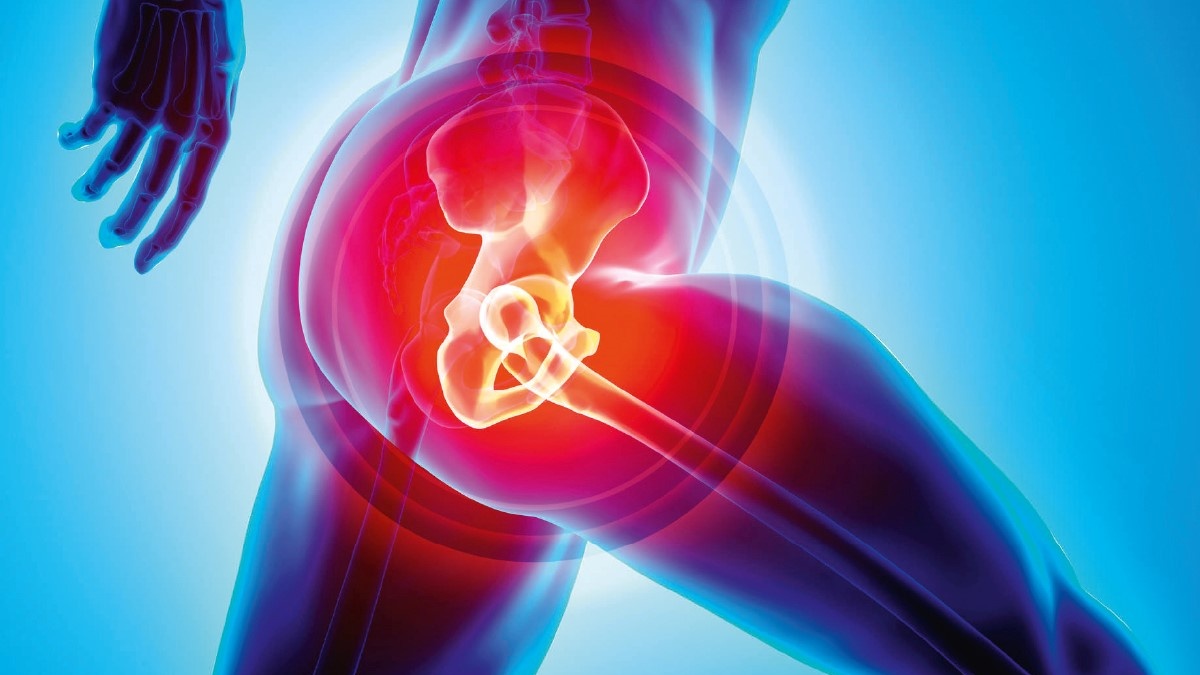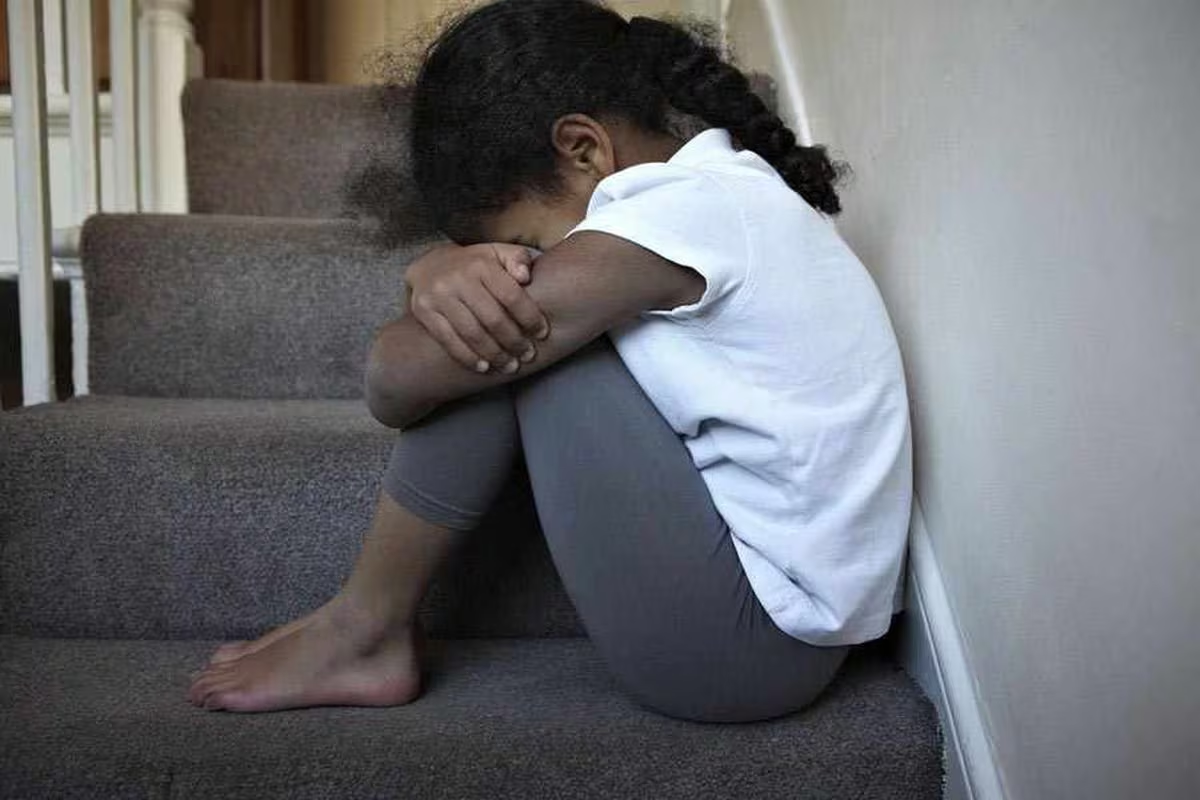Hip pain from arthritis is one of the common conditions seen not just among the elderly now but is slowly becoming more common in the younger population as well, especially women in their 30s, 40s and 50s. Arthritis, a progressive disorder, starts gradually and worsens with time. Such patients often find difficulty in walking, feel stiffness and even pain ranging from sharpshooting pain to a dull ache in the hips.
To describe it in simple terms, arthritis occurs when the joint space of your hip is narrowed and the soft tissues surrounding it start to shrink and tighten. The condition may arise due to various reasons such as wear and tear of joints over time or due to tough training regimes, being obese as well as due to genetic or hereditary reasons. If we examine the makeup of our hip joint, it is a ball and socket joint and is very mobile.
During arthritis when we stretch and move, the hip joint hurts and over time leads to greater stiffness, worsening of the condition. Thus, it explains why the hip is one of the most common joints affected by arthritis.
The various types of arthritis that can affect the hip joint are Osteoarthritis, Secondary Osteoarthritis, Rheumatoid arthritis, Ankylosing spondylitis, Autoimmune arthritis, and Psoriasis. Osteoarthritis: This is the most common form of arthritis seen especially in elderly people. Osteoarthritis means “arthritis of the bone” and it is often a result of wear and tear of the joints. Though it is also caused due to structural problems with the hip joint, advancing age, obesity and hip injury. Its common symptoms are joint stiffness after you sit for a long time, pain, swelling and inability to move normally.
The changes in osteoarthritis usually occur slowly over many years thereby causing permanent damage to the joint. Thus, it’s important to seek timely treatment.
Secondary Osteoarthritis: This is especially common among the younger population, with patients usually between the 3rd and 5th decade of life, mainly men. The increase in the number of patients diagnosed with this kind of arthritis has increased in recent years due to widespread use of corticosteroid therapy, increase in consumption of alcohol and the increasing incidences of local trauma. Its main contributing factors are smoking (35%), alcohol (20%), trauma (10-12%) and usage of corticosteroids (8-10%). For the remaining 30%, no risk factors are identified, and the condition is called idiopathic.
Rheumatoid Arthritis: This affects the entire body and not just the hip joint. It affects people of all age groups including children and is more commonly seen in women. The cause of inflammation here is an immune system response rather than wear and tear. It causes pain and swelling in both hips unlike osteoarthritis which affects only one hip, and leads to deterioration of the bone and cartilage of the joint. Besides pain and swelling, RA also triggers weakness and fatigue.
Ankylosing spondylitis: A chronic inflammation of the spine and the joint linking the spine and the pelvis, ankylosing spondylitis affects people of all age groups, including kids. It can start anywhere between the age of 17 and 35. Unlike RA, this kind of spondylitis occurs more commonly in men than women. Autoimmune arthritis: It is a systemic autoimmune disorder that can affect any part of the body, including the hip joint. If lupus affects the hip, inflammation and damage to the joint can take place. Autoimmune arthritis is seen most commonly in women. Psoriatic arthritis: This type of arthritis is related to the skin condition psoriasis. Psoriatic arthritis causes joint pain, swelling and stiffness. It can affect almost any joint in the body, including the hip.
The symptoms, diagnosis and treatment of hip arthritis:
Symptoms
Its common symptoms are pain in the hip joint that includes the groin, outer thigh and buttocks area; pain is worse in the morning and reduces over the day; difficulty in walking and stiffness in the hip.
Diagnosis
If you suspect that you may have arthritis of the hip, go for a diagnostic evaluation immediately. This may include your medical history and physical examination, radiographs or X-rays to determine if there are any abnormalities in the joints, blood tests, MRI and CT scan is an important tool for diagnosis of early disease. Sometimes MSK ultrasound is useful especially in congenital dislocation and infection cases.
Treatment
Based on the diagnosis, your doctor will prescribe the best course of treatment appropriate for your condition.
Non-surgical treatment
* Anti-inflammatory medications
* Corticosteroids, injections to block the inflammation in the joint
* Physiotherapy or exercise regimens to improve flexibility and strength of the muscle * Swimming is an excellent exercise for arthritis
* Weight reduction for overweight patients
* Devices such as canes or walkers to assist in walking Surgical treatment
* Minimally invasive hip replacement surgery: Hip replacement surgery is one of the most successful modern orthopaedic surgical procedures and it is performed with smaller incisions which means quicker recovery. During a hip replacement surgery, the surgeon removes damaged cartilage and bone from the hip joint and replaces them with man-made parts. * Osteotomy surgery:
During hip osteotomy surgery, a surgeon cuts and repositions the joint surfaces in such a way that it allows the healthy part of the hip joint to bear most of the body’s weight, thereby improving the patient’s condition. The writer is a senior consultant, joint replacement and arthroscopy surgeon at BLK Super Speciality Hospital.







